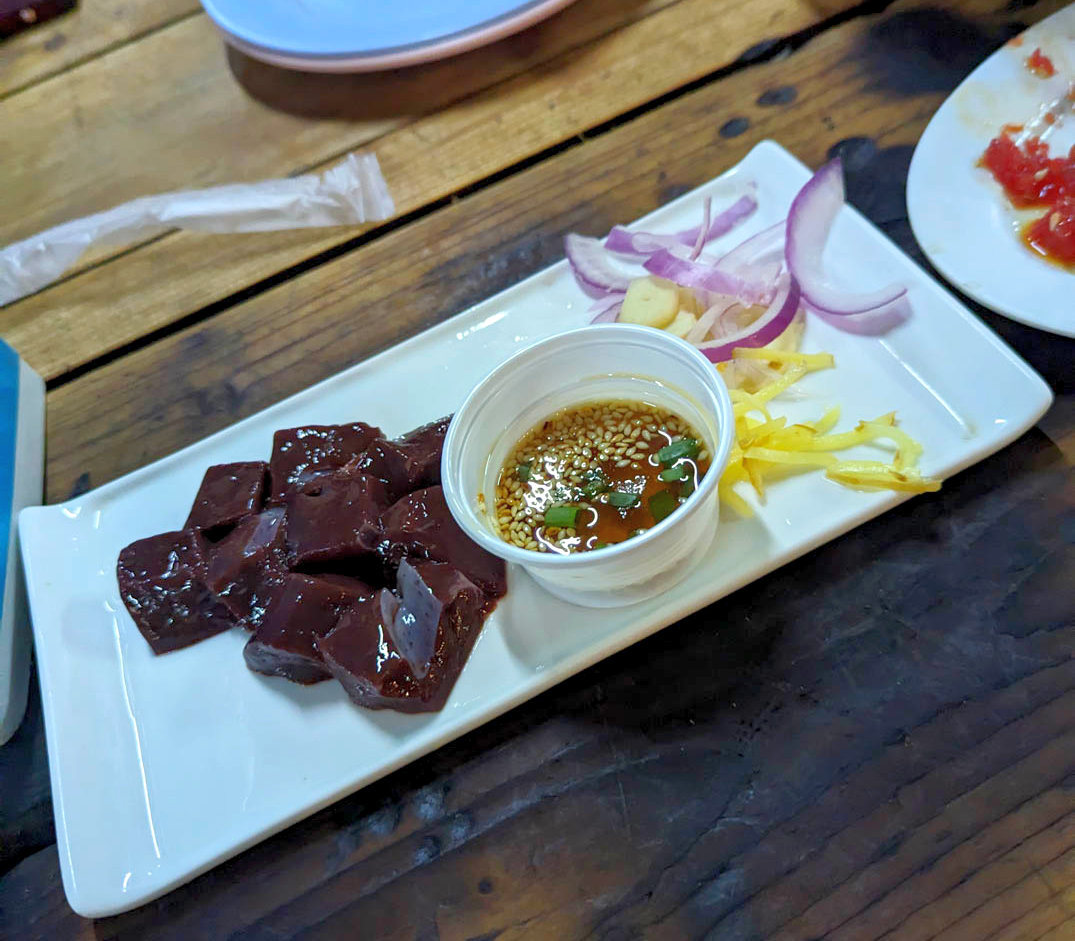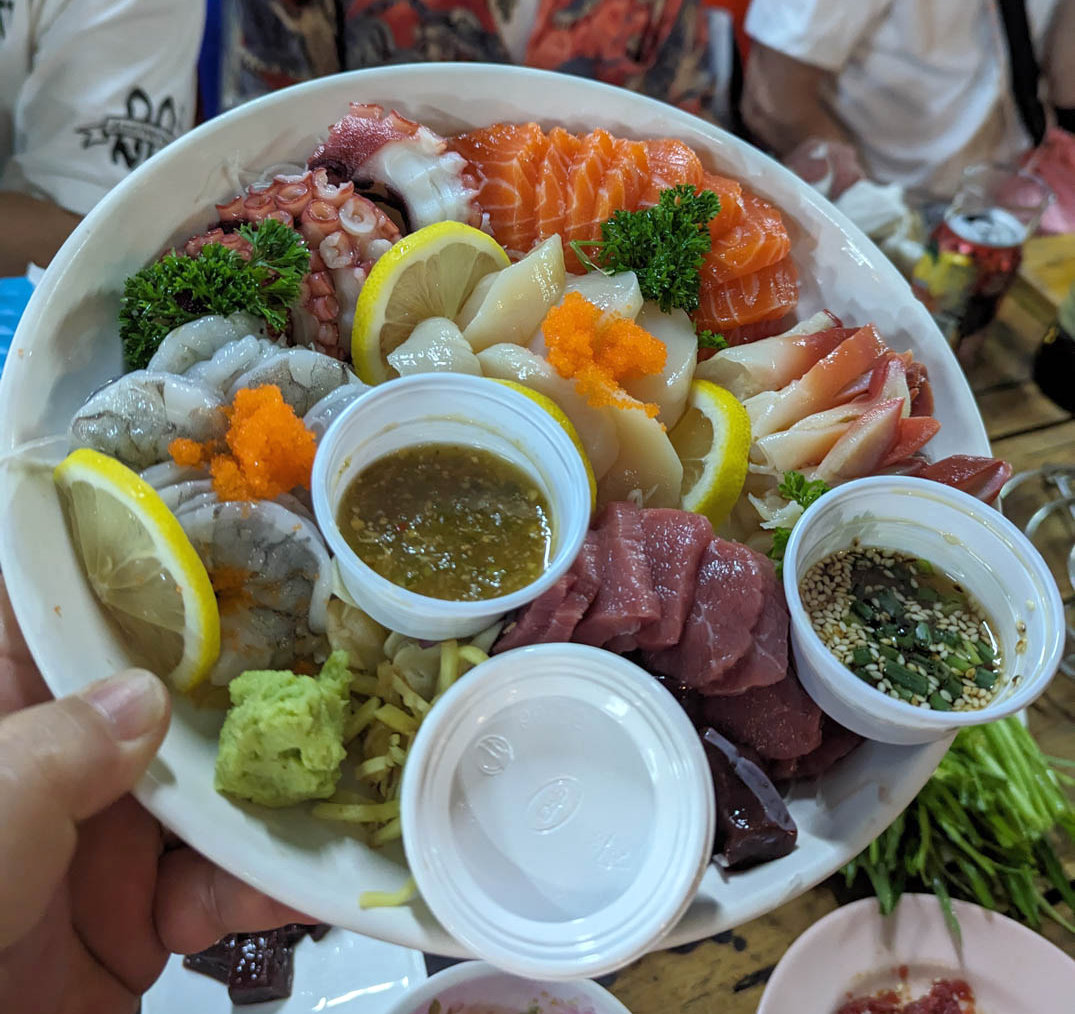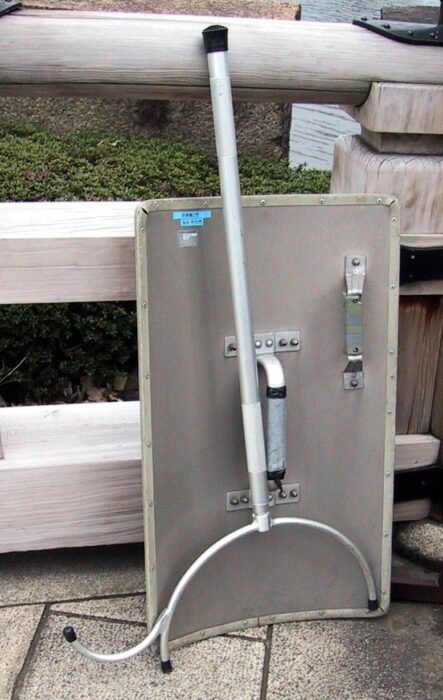Nam and I met at Tenri University in Japan 30+ years ago. Over the years, we kept in touch with Tendai from Thailand both formally and otherwise, which led to formal MOU signings between Tenri university and Nam’s employer, Mahasarakham University, as well as mine, Rajabhat Maha Sarakham University. This eventually led to yearly trips from Tendai to MSU with groups of up to 20 students, as well as Nam taking students from Mina’s high school (with her uni students acting as chaperones) for intensive Japanese language training and cultural study in Tenri.
The Tendai group always has a couple destinations when they come over, and they left for Phayao yesterday after spending a few days here. One of the highlights was visiting a Muay Thai camp about 20 minutes away, where students from my university showed us a choreographed routine they had performed at the Maha Sarakham 160 year founding anniversary celebrations the day before.
Come to find out, their coach (a teacher at my uni) attended the sports college next door and was one class below Tony Jaa! I do see some Ong Bak inspiration in their routine.
Anyway, Dabrun Muay Thai Camp posted some photos to FB: https://www.facebook.com/share/p/1BQUe5vLuN/
As did the moo krata restaurant we ate at later that night: https://www.facebook.com/share/p/19Uz7k3Jz1/
Hope to see all of you again soon!











